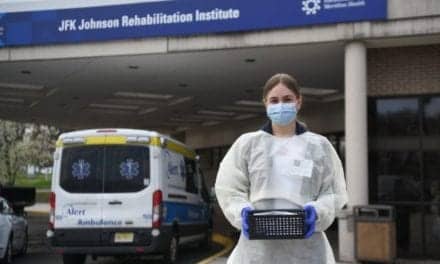11-16-2006
A new, easy-to-use diagnostic tool that can quickly identify a sizeable subset of learning disabled children is now commercially available.
That’s good news for youngsters aged 8 to 12 who, once identified, can receive auditory training that can improve their academic learning.
“Learning disabilities are believed to affect nearly 1 in 10 children, but their causes are difficult to pinpoint,” says Nina Kraus, director of Northwestern University’s Auditory Neuroscience Laboratory [http://www.communication.northwestern.edu/brainvolts/clinicaltechnologies/]. She and Northwestern researchers Trent Nicol and Steven Zecker have found that a third of the 1,000-plus children they have tested show a dysfunction in the way the brainstem encodes basic sounds of speech.
BioMAP (Biological Marker of Auditory Processing) is based on more than a decade of neuroscience research at Northwestern University. It is expected to become one of the most important resources for learning disabilities specialists trying to identify appropriate treatments for children with dyslexia and other language-based learning disabilities. Bio-logic Systems Corp, a Natus company, Mundelein, Ill, [http://www.natus.com/products/hearing_diagnostics/navigator_biomap.html] holds an exclusive license from the University for the technology.
“The beauty of BioMAP as a diagnostic tool is that it does not require a child to follow directions or perform an assigned task,” Kraus says. “Instead, it objectively measures whether a child’s nervous system is able to accurately translate sounds into brain waves.” If it can’t, the affected child will have difficulty discriminating between speech sounds. And that difficulty at the most fundamental level complicates a wide range of learning activities, including reading and writing, Kraus finds.
Getting objective measures from BioMAP software is simple. “All a child needs to do is stay awake and sit quietly for 20 to 30 minutes,” says Kraus, Northwestern’s Hugh Knowles Professor of Communication Sciences, Neurobiology and Otolaryngology.
In fact, BioMAP testing can occur while a child watches a video. At Kraus’ lab, researchers place non-invasive electrodes on a child’s scalp and an earpiece that delivers carefully crafted acoustic sounds in one ear. As the child watches a movie, researchers measure the brain’s responses to the acoustic sounds.
Once identified as part of the subset of learning disabled children with sound encoding problems, these children receive auditory training that boosts their ability to better distinguish sounds. When researchers use BioMAP to re-evaluate the children after training, they find that the children show improved auditory processing ability that can later result in academic learning improvement.
On the other hand, traditional learning evaluations consist of behavioral measures that are subjective in nature and can be confounded by a child’s attention span, memory, motivation, or failure to understand an assigned task.
When normal hearing children with auditory processing problems are referred to hearing clinics, they often only receive a peripheral hearing test. If that test finds no hearing problems, the young patients and their parents are sent on their way without gaining useful information.
In contrast, BioMAP can provide important and practical information to parents and professionals interested in the diagnosis and treatment of children with learning, reading, and listening problems.
[SOURCE: EurekAlert!, a service of AAAS; Northwestern University, October 2006]




